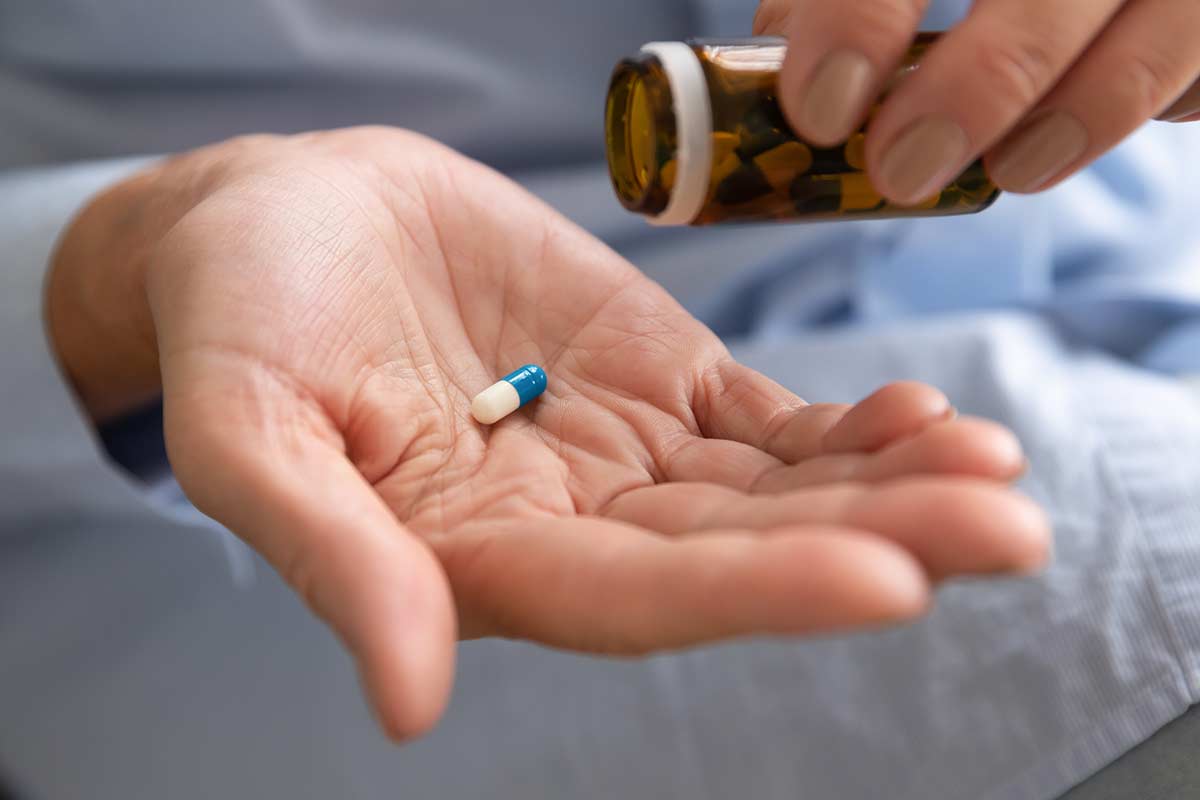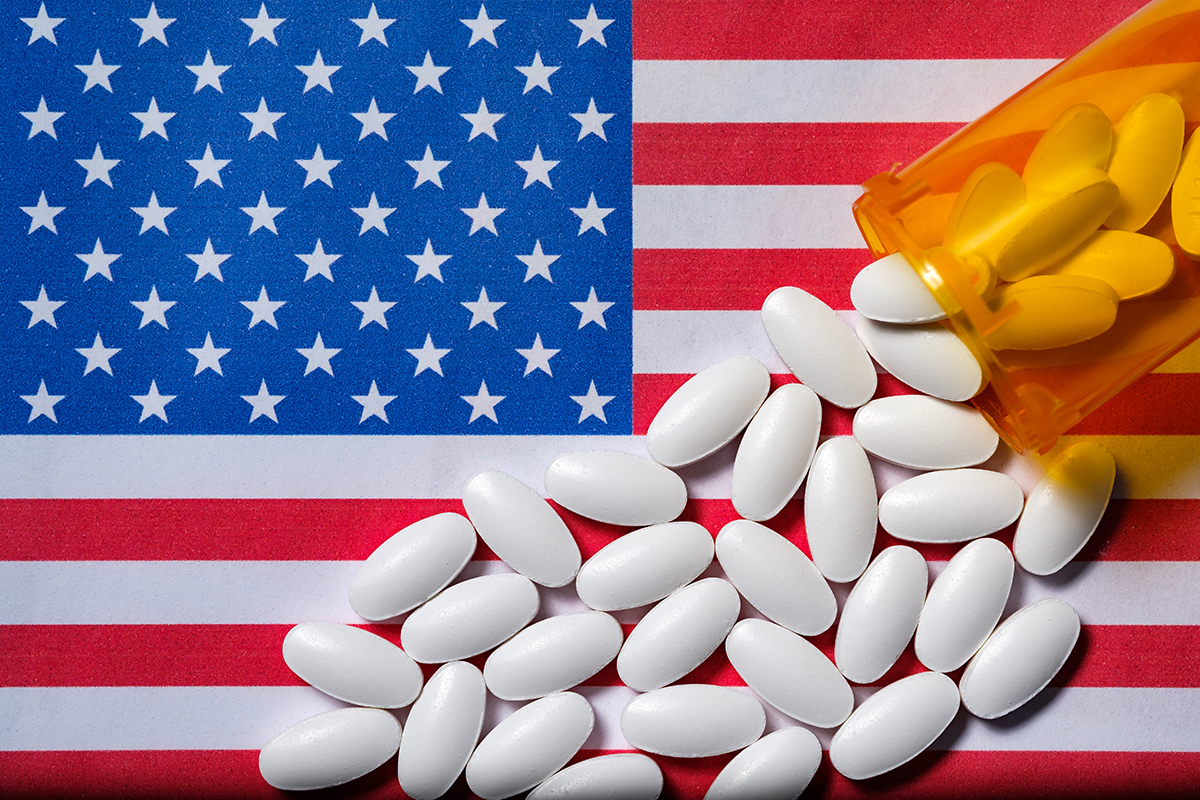When it comes to addiction, there are many things that a person can become addicted to. From drugs or alcohol to gambling or food, the need for help in treating addiction is real. Even when a person doesn’t abuse drugs intentionally to get high, dependence on a drug to control pain, for example, can lead to addiction. Suboxone can be used in addiction treatment programs to help individuals who are struggling with substance abuse find relief from withdrawal symptoms as they work through the underlying causes of addiction.
What Is Opioid Addiction?
After using opioids to control pain, such as after surgery or for an extended period, it is possible to become dependent on them. Eventually, a person can become addicted to the feeling of relief that opioids bring. Others who are seeking to get high turn to opioids and can eventually become addicted as well. Opioids contribute to over half of all deaths caused by drug overdoses in the United States, so the problem is severe and has become an epidemic.
Common opioids include:
How Is It Treated?
Treating opioid addiction involves several factors. Counseling is often used to help the client cope with the emotions surrounding their pain and learn new strategies, but this alone is not enough. Most of the time, mediated opioid addiction treatment is necessary. Using an opioid replacement therapy strategy, professionals help clients overcome their dependence on the drugs by reducing the withdrawal symptoms that often make it impossible to quit in the first place.
The steps a client typically undergoes, which can occur independently of each other or as a combined process, involve:
- Detoxification
- Therapy
- Medicated treatment
- Utilizing ongoing coping strategies
To be the most effective, rehabilitation is encouraged for a period of greater than 90 days. This helps reduce the risk of relapse.
Medicated-Assisted Treatment
During the medicated treatment period, clients are given medicine to reduce the severity of withdrawal symptoms. These medications help without the added adverse effects brought on by opioids. Some drugs also help with cravings experienced during detox. This type of treatment cannot occur without consulting a professional, so it is imperative to seek help. Medications such as Suboxone can reduce the duration and severity of withdrawal symptoms.
What Is Suboxone?
Suboxone is one medication that can be used in the treatment of opioid addiction. It is made up of buprenorphine and naloxone, which work together to decrease the severity of withdrawal symptoms and reduce an individual’s dependence on opioids. It can block the effects of opioids and make an individual in recovery less likely to relapse. It can also help manage chronic pain, which is one reason why some individuals abuse opioids. Suboxone treatment is always complemented by therapy and counseling.
How Does Suboxone Help with Opioid Addiction Treatment?
Suboxone lowers the effects of opioid withdrawal symptoms and cravings. It has a lower potential for abuse than methadone, which is another commonly used medication in opioid treatment programs. Some of the most common opioid withdrawal symptoms that Suboxone can help relieve include:
- Stomach cramping
- Nausea, vomiting, and diarrhea
- Frequent chills
- Muscle tension
- Sleep-related issues
- Disruptive aches and pains
- Heart palpitations
- Intense cravings
Suboxone can be incredibly effective in helping those with opioid addictions maintain recovery long-term.
Opioid Addiction Treatment at Colorado Medication Assisted Recovery
Getting treatment for opioid addiction is possible at Colorado Medication Assisted Recovery. Here, clients can benefit from therapists who vary their treatment approach based on both proven techniques and medical intervention. Understanding the different ways to treat opioid addiction and how medication can help manage withdrawal symptoms means that we can provide a complete recovery to clients. Visit our website or contact us at 833.448.0127 for more information.


















